Explore the story of The Three Little Pigs with your students using this animated fairy tale video perfect for younger learners.
A Fresh Face on The Three Little Pigs Story
When introducing narrative structure and features to our youngest students, teachers frequently turn to familiar fairy tales as the go-to texts. They offer predictable plot structures and feature distinct characters with easily recognisable traits. However, it must be said that hearing the same interpretations of these tales can get a bit dull for both teachers and students alike!
Introducing Teach Starter’s fresh rendition of The Three Little Pigs story! The video presents this much-loved story through animation accompanied by a modern-day, age-appropriate narration. Using the classic tale for inspiration, this version includes just enough fresh content to keep your learners engaged and also keep them guessing what might happen next!
It’s important to note that this video does not contain the ending to The Three Little Pigs story! This has been done purposefully to allow your students to further develop their reading comprehension skills by making predictions about how the story might end, based on what has happened in the story so far.
(Spoiler: In this revamped version of The Three Little Pigs story, the wolf is replaced with a thunderstorm. The video stops just as the thunderstorm is approaching and the pigs have taken shelter in the house made out of sticks.)
Activity Ideas for This Three Little Pigs Story
This Three Little Pigs video can be used in multiple ways in your early years classroom. Whether you’re studying narrative features, vocabulary or comprehension strategies, you’re bound to find a way to incorporate this video into your literacy lessons! Here are a few suggestions from our teacher team to get you started:
- Hot Seat – Have your students take turns answering questions while assuming the role of one of the pigs. Questions could include:
- Why did you choose the material you used for your house?
- Do you like your brothers’ houses? Why or why not?
- Do you think the stick house is strong enough to protect you from the storm?
- Character Analysis – Based on the information provided in the video and the students’ inferences, create a character profile for one of the pigs. Teach Starter has some great character profile graphic organisers that could be used for this purpose!
- Write the Ending – Have the students write their own ending to the adapted Three Little Pigs story. This could be done as either a whole-class, group or individual activity.
More Three Little Pigs Resources from Teach Starter
Teach Starter has even more resources to support your teaching of The Three Little Pigs story in your early years classroom! Click below to explore some suggestions from our teacher team:
[resource:358248] [resource:12449] [resource:25346]



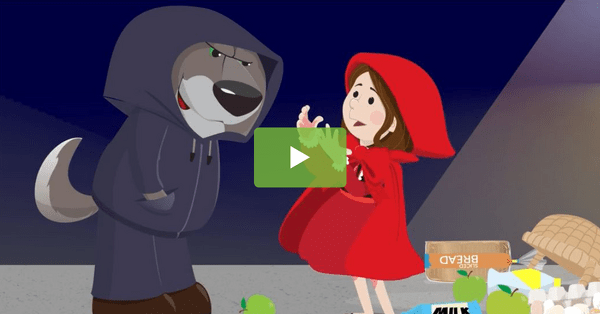
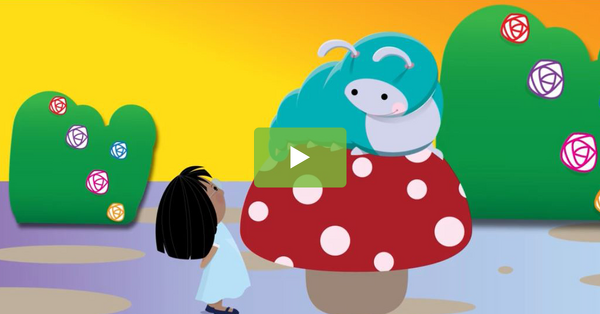
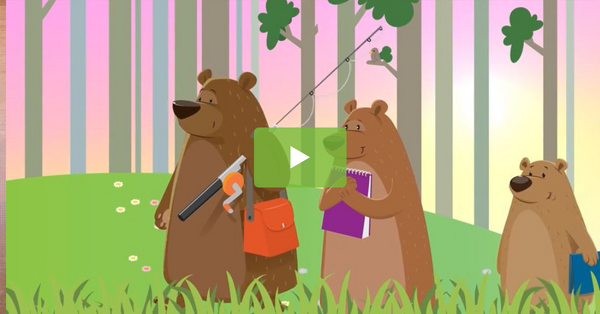
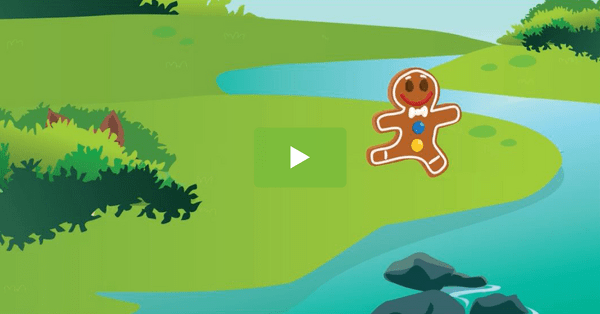
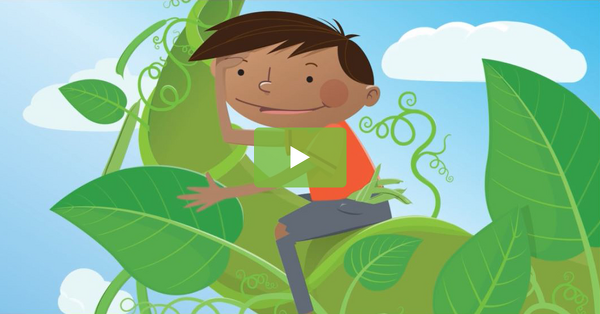
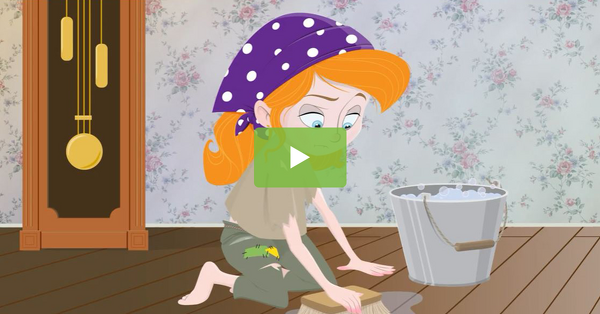
Hi, I have logged in and I have an ultimate subscription however when I try to play the video it keeps taking me to the home page. Is there another way to watch the video at all? Thanks!
Hi Sara, thanks for making us aware of this issue. Could you please send us an email via [email protected]? We will be able to remedy this situation for you.